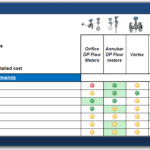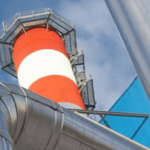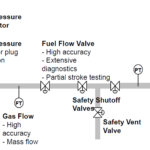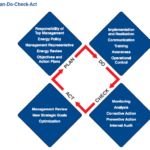
Bob Sabin
Consulting Engineer
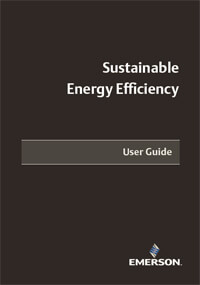 For many process manufacturers, energy is one of the largest components in overall operating costs. Improving efficiency can provide ongoing savings. Emerson’s Bob Sabin shared a new user guide with me, Sustainable Energy Efficiency, which is available for download. For European manufacturers and producers, the EU Energy Efficiency Directive 2011/172 (referred to as the EED) came into force in November 2012 and will be rolled out across EU Member states through July 2014.
For many process manufacturers, energy is one of the largest components in overall operating costs. Improving efficiency can provide ongoing savings. Emerson’s Bob Sabin shared a new user guide with me, Sustainable Energy Efficiency, which is available for download. For European manufacturers and producers, the EU Energy Efficiency Directive 2011/172 (referred to as the EED) came into force in November 2012 and will be rolled out across EU Member states through July 2014.
The key requirement relevant to the process industry sector is the encouragement to implement energy efficiency improvements. It contains two fundamental elements:
- Undergo regular energy performance audits by externally accredited auditors
- Demonstrate energy saving programs
This guide has been expressly developed with the EED standards in mind and is designed to present a best practice methodology for process industry users which is consistent with and more than meets the requirements of the EED. Although written with this directive in mind, it has guidance that can help you improve energy efficiency no matter where in the world your production processes are located.
I’ll highlight some of the elements from the guide in a series of posts, beginning with this one. Chapters 4 to 8 form the core of the guide – assessing the energy issues on-site, developing an Energy Management System, building an Energy Management Information System and running audits and improvement programs.
The guide’s author notes:
There is no magic ‘silver bullet’. Sustainable energy efficiency requires a combination of technology plus procedural and housekeeping approaches and is being encapsulated in the new standards on energy and emissions management (e.g. ISO 50001). Detailed point solutions are typically simple and well-known, but the overall management is a more complex picture.
Fundamentally it is a control problem; at management level – using process data to analyze performance and drive improvement, and at operational level – using modern control techniques to operate closer to (energy efficient) constraints. Accurate, reliable plant energy measurements plus a Distributed Control System and Process Historian provide the foundation to build a consistent approach to energy management.
The path forward:
…is adopting a fit-for-purpose vision, which defines the aims and provides the basic checks on management commitment and organization together with a step-by-step approach to operational improvement:
- Review current energy management effectiveness
- Define management responsibilities
- Develop simple performance review
- Identify and implement initial low level applications, and quick wins
- Review and improve
The introductory sections close with this guidance:
Fundamentally, to successfully maintain long term energy savings, it is necessary to address the core issues of energy strategy and management within an industrial organization. The priorities need to be raised and energy issues embedded across all levels of an organization. Are the accountabilities, processes, and practices in place to ensure the long term realization of the energy saving initiatives? These provide the backbone to the successful realization of technological improvements.
Over the next few weeks, we’ll recap chapters 4 through 8. You can sign up to download the entire guide now and connect with other energy management professionals in the Industrial Energy track of the Emerson Exchange 365 community.
Related Posts
The post Sustainable Energy Efficiency User Guide appeared first on the Emerson Automation Experts blog.

